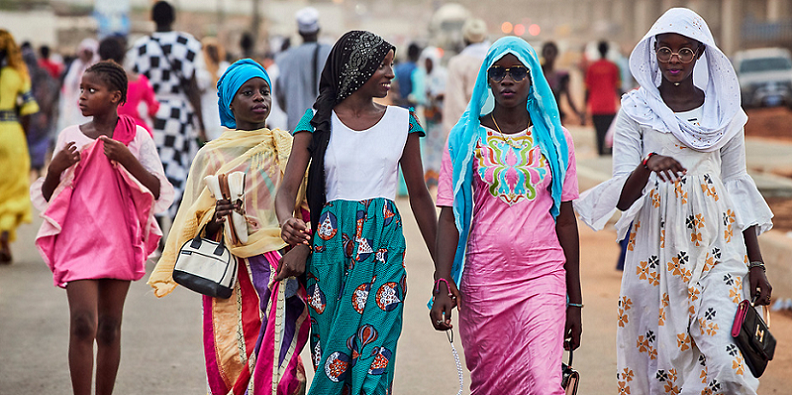The Role of Fashion Throughout History
Fashion is a multifaceted phenomenon that extends beyond mere clothing; it is a powerful reflection of identity, culture, and social dynamics. Over the centuries, fashion has served as a tool for individual expression, a marker of social status, and a medium for political activism, illustrating its significance throughout history.
Cultural and Social Identity

From ancient civilizations to modern times, clothing has been integral to expressing cultural identity and societal values. Ancient Egyptians, for instance, wore specific garments that indicated their social status and roles within society. Nobility adorned themselves in elaborate linen while commoners donned simpler attire, showcasing fashion as a visual language indicating power and identity[2][10]. Similarly, in ancient Greece, draped garments emphasized ease and functionality, reflecting the societal value placed on movement and freedom[9].
In regions like Asia and Africa, traditional garments such as the kimono in Japan or the vibrant kente cloth in Ghana carry deep cultural significance. Each piece tells a story that encompasses the wearer's heritage, values, and societal belonging, reinforcing individual and collective identities[6][8]. Traditional clothing, therefore, acts as a bridge between personal identity and cultural heritage, highlighting pride in communal history.
Fashion as a Tool for Political Expression

Fashion has also played a pivotal role in various social movements, from the suffragettes in the early 20th century who used clothing to advocate for women's rights to civil rights activists who employed fashion to assert dignity and unity. The suffragettes famously wore white, purple, and green to symbolize their fight for equality, making their fashion choices a form of protest against societal norms[1][3]. Similarly, during the Civil Rights Movement, figures like Rosa Parks chose to present themselves in tailored and respectable attire to counter stereotypes and showcase the dignity of African Americans[5][9].
In the 1960s, fashion became a form of rebellion and identity for younger generations, especially during the counterculture movement. The mini-skirt epitomized a break from traditional expectations, symbolizing liberation and women's newfound autonomy[1][3]. This use of fashion as a medium of political expression has persisted into contemporary movements, where individuals and groups continue to use clothing to communicate their causes and beliefs.
Economic and Environmental Impact
The Industrial Revolution marked a significant change in the fashion landscape, shifting from handmade garments to mass production. This period democratized fashion, making clothing more accessible across different social classes. However, it also brought challenges, notably in terms of labor exploitation and environmental sustainability[2][10]. Today, there is a growing awareness of the ethical implications faced by the fashion industry, with movements advocating for sustainable practices gaining traction in response to the environmental crises caused by fast fashion[8][9].
The fashion industry has faced criticisms for its environmental costs and the socio-economic ramifications of cultural appropriation. As globalization allowed for cultural exchanges, fashion has sometimes mirrored power imbalances, leading to accusations of insensitivity and exploitation[7][9].
Contemporary Fashion as a Cultural Force

In modern times, fashion remains a vibrant medium for expressing individual and communal identities while also navigating complex social issues. The rise of social media platforms has amplified this dynamic, making fashion a global conversation where trends emerge and evolve rapidly[8][10]. Fashion now serves as a canvas for youth culture, allowing for the experimentation of styles that transcend geographical boundaries.
The impacts of movements like Black Lives Matter and climate activism are evident in fashion choices today, where individuals and brands align with progressive values through their clothing[4][8]. This contemporary intersection of fashion with sociopolitical activism underscores its continued relevance as a means for social change.
Conclusion
Fashion throughout history has proven to be more than just a superficial aspect of society; it is an intricate tapestry that weaves together culture, identity, and the complexities of human expression. Whether as a marker of status in ancient civilizations or as a vehicle for political statement in modern movements, the significance of fashion continues to evolve, reflecting the changing narratives of society. Understanding its role allows deeper insights into the cultural and social dynamics that shape human experiences across time.
Get more accurate answers with Super Pandi, upload files, personalized discovery feed, save searches and contribute to the PandiPedia.
Let's look at alternatives:
- Modify the query.
- Start a new thread.
- Remove sources (if manually added).